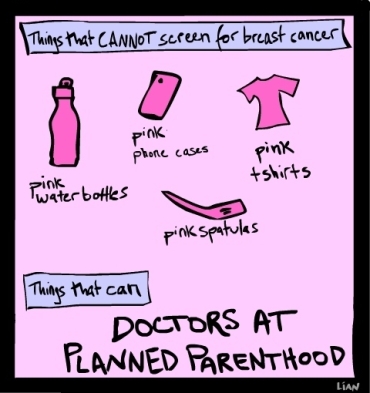October 19-22, 2012
I headed off to North Carolina to relax with several girlfriends at lake house. I didn’t think much about being pregnant while I was away since I assumed that the odds of the doctors letting me try to carry to term were so miniscule.
When I returned to DC from the lake, I couldn’t avoid reality for any longer. As I spoke with my gynecologist, she indicated that I didn’t seem 100% comfortable with terminating the pregnancy.
“I guess that’s because I’m not,” I responded. “There are so many health concerns that I bring to the table! But…there’s this part of me that feels as though this is a miracle…that so many odds had to be beaten for me to even get pregnant…what if this is part of God’s plan?”
“Well, what do your oncologist and neurologist say about this?” the doctor inquired.
“I haven’t called them,” I admitted. “I just didn’t want to hear that this wasn’t possible from all these doctors since that would make this even tougher.”
“I think you need to get more information so you truly know what your options are.”
“You’re right. Thanks!”
On Monday, October 22nd, I spoke with six of my doctors.
I wish that I had video of their reactions at the news that I was pregnant at the age of 39 after chemotherapy-induced menopause. One of them cursed. One started to stutter. One of them was silent. And, not surprisingly, all of them were shocked!
It was my turn to be shocked, though, as my entire medical team ranged between neutral and excited about me trying to have a baby.
My oncologist informed me that previous research had discouraged breast cancer survivors from getting pregnant within several years of finishing treatment. However, a recent study indicated that pregnancy would slightly reduce my risk of recurrence.
“The researchers couldn’t say why that was the case in the women who were studied,” my oncologist continued. “It might be psychological, but no one really knows.”
My neurologist said that even though my migraines weren’t hormonal, pregnant women typically experience fewer migraines than when they’re not pregnant.
“Pregnancy could actually be good for you!” she surmised.
My internist has known me longer than any other doctor. He explained, "I think you could safely carry to term, but I’m more worried about how your health will be after you give birth. You would need a lot of extra support to ensure that your other conditions don’t get worse or that if they do, your baby would be well taken care of."
“I had figured that much. We know how my health is when I don’t get enough sleep, and newborns are the antithesis of a good night’s sleep!”
I hung up with my internist and felt both positive and pensive. The medical obstacles that I had thought would impede me from trying to carry to term were no longer.
Could this actually be possible? And, if it was, did I want this to be possible?
I had always planned to adopt because I never envisioned myself pregnant or parenting a newborn. The expression, “If you want to make God laugh, make a plan,” kept going through my head.
I had an appointment with a high-risk obstetrician in two days. I had some time to formulate my thoughts, and I knew that I needed to hear hers.
To be continued…
As a PS, I won’t be exclusively writing about my pregnancy from hereon forward. I’m just trying to catch everyone up to the present day so that you know how I’m doing and how the pregnancy is going.

